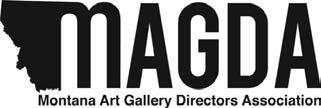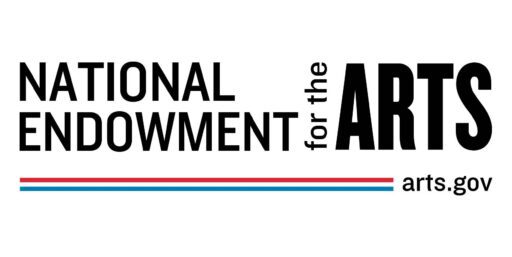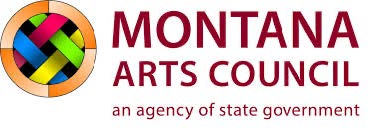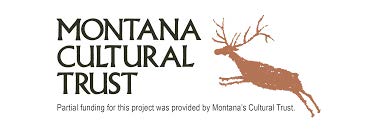Opening Reception: Friday, January 19th
The Holter Museum of Art welcomes The One Defined to Be No One:
“Gathering up myself is probably the toughest task to begin the process of creating
some kind of artwork. Not out of laziness, but to know that I am about to express some
feeling or experience that I’ve kept inside, in order to hide from others, is the task that I
tend to procrastinate. These experiences aren’t necessarily horrible or negative things,
but they’re sometimes just things. Gathering up in this sense has to do with collecting
my sorrows, happiness, frustration, hope, and emptiness in order to arrange or control
them all for understanding.
This expression or work takes me and the piece where we’re supposed to go. I think of
my father’s art teaching and lessons from Aaniiih philosophy of being in control of my
own destiny to be prosperous and generous. I also think of my mother’s lectures given
to me as I entered kindergarten, on being an Indigenous person in the contemporary
world, specifically about being a ‘free’ Indian, whatever that means. I’m sure she was
referring to the freedom to be whatever I wanted under someone else’s definition of
myself. With that foundation, I try to communicate my own little life experiences and how
they relate to the overall impact of a piece. I don’t want to be too committed to a certain
part of the painting, as I may not want that part in control of where I need to be
Ironically, very often parts that seemed to be the best expressions turn out to be better
by covering them up. Who knows, maybe that’s part of me covering up me, layer by
layer. Maybe with art I can hide among the images of men, women, and creatures and
keep myself behind the masks. Maybe it’s a fear of judgement or a protection of
expression or simply being too self-conscious. More likely, however, it’s a line formed
by my own contemporary experiences in mainstream society connected to the years
endured by ancestral experiences of dehumanization, racism, and cultural genocide.
Chaotic and unanswered as a painting may seem, it confirms the disorder and grim
questions created by complicated relationships between two worldviews—Indigenous
and non-Indigenous. Maybe it’s peace that is sought out for balance.”
Sean Chandler (Aaniiih), grew up in Glendive, Montana, and his family was among the only Native family in the community. He received his BA in Art and MA in Native Studies at Montana State University in Bozeman. He later earned an Ed.D. in Educational Leadership from the University of Montana while employed as Director of American Indian Studies at Aaniiih Nakoda College on Fort Belknap Agency in Harlem, Montana. Recently, he was promoted to president of the College in August 2020. After a long hiatus, Chandler returned to creating art in 2014 and later joined the artist collective Paintallica. His pieces range from oil, acrylic, paint stick, and charcoal on large canvases to drypoint prints and drawings. He cites Blackfeet artist Ernie Pepion (1943–2005), Salish Kootenai artist Corwin Clairmont, and Bozeman-based artist Jay Schmidt as mentors. He has received awards and exhibited at the Heard Museum in Phoenix, Arizona, and the Eiteljorg Museum in Indianapolis, Indiana, with work collected by the Museum of Natural History in Paris and the Minneapolis Institute of Arts Museum, Minnesota.
“Once in the mode to create, I like to just let the work take me where I’m supposed to go… But very often, parts of the painting that seemed to be the best expressions turn out to be better by covering them up. Maybe that is due in part to me, covering myself, layer by layer. More likely, however, it is a line formed by my own contemporary experiences in mainstream society connected to the years endured by ancestral experiences of dehumanization, racism, and cultural genocide.”
This exhibition is sponsored by the Montana Art Gallery Directors Association (MAGDA), a state-wide service organization for non-profit museums & galleries, and supported in part by grants from the Montana Arts Council, a state agency funded by the State of Montana; coal severance taxes paid based upon coal mined in Montana and deposited in Montana’s Cultural and Aesthetic Projects Trust Fund; and the National Endowment for the Arts.





Museum Hours:
Tuesday – Saturday:
10 a.m. – 5:30 p.m.
Wednesday:
10 a.m. – 8 p.m.
Closed Sunday and Monday
Committed to showcasing legacy, established and emerging artists, we aim to be a vibrant hub that celebrates the power of art, in all its forms and expressions, to transform lives.
Love what we do? Consider donating!